Knowing the difference between wheel balancing and alignment is key for your car’s best performance. Both services are important for safety and keeping your tires in good shape. Wheel balancing makes your ride smoother by fixing weight issues.
Wheel alignment, on the other hand, makes sure your tires touch the road right. This is important for a better drive and to avoid damage. It’s all about keeping your car running smoothly and safely.
Key Takeaways
- Regular tire maintenance is vital for vehicle safety and efficiency.
- Wheel balancing helps to prevent uneven tire wear and enhances ride quality.
- Wheel alignment adjusts tire angles for improved steering and fuel efficiency.
- Both services should be performed at recommended mileage intervals to maintain optimum performance.
- Neglecting wheel alignment can significantly shorten tire life and increase operational costs.
- Symptoms like vibrations and pulling indicate the need for immediate attention.
Understanding Wheel Balancing
Wheel balancing keeps our car running well. It fixes uneven weight in tires and wheels. Without it, our car might shake, wear out tires fast, and hurt the suspension.
By balancing weight, we get a smoother ride. Our car also stays stable better.
What is Wheel Balancing?
Wheel balancing adds weights to the rims of our tires. A balancing machine spins the wheels to find imbalances. Then, technicians add the right weights for balance.
This service is needed every 5,000 to 6,000 miles. Or, it follows the car maker’s advice. It helps avoid problems from unbalanced tires.
The Importance of Weight Distribution
Having the right weight in our tires is key:
- Minimizes vibrations: A little weight difference can cause shakes, mainly at high speeds.
- Extends tire lifespan: Balanced tires wear evenly, making them last longer.
- Improves handling: Better stability means a smoother drive, making our trips better.
- Reduces fuel costs: Balanced tires use less fuel by reducing drag and ensuring good road contact.
Ignoring tire imbalance can cause more problems. It means more repairs and higher costs. Regular checks keep our car running well and safe.
Understanding Wheel Alignment
Wheel alignment makes sure our car’s wheels touch the road right. It’s key for safe and good driving. If we don’t align our wheels, our car might pull to one side.
This can cause our tires to wear down unevenly. It also makes our car harder to control. And it might even make us more likely to have an accident.
What is Wheel Alignment?
Wheel alignment is about tweaking the car’s suspension. It doesn’t change the tires themselves. It’s about how the tires meet the road and the car’s body.
By aligning the tires right, we keep our car steady. This is super important for staying safe while driving.
What Does Alignment Adjust?
Alignment adjusts many angles, like camber, toe, and caster. Each angle affects how our car moves on the road. For example, bad camber can wear down our tires unevenly.
Wrong toe settings can make our car pull to one side. Checking alignment every 6,000 miles stops these problems. It also makes our tires last longer.
Studies show bad alignment can cut gas mileage by 10%. Fixing these issues makes our car run better. It also means we don’t have to replace tires as often. This saves us money and keeps our car in good shape.
The Relationship Between Wheel Balancing and Alignment
It’s important to know how wheel balancing and alignment work together. Balancing fixes weight issues, while alignment makes sure tires are in the right spot. This helps our car run better and last longer.
How They Work Together
When we balance and align our wheels, we make our car better. Here’s how:
- Balancing fixes weight problems, so driving is smoother.
- Alignment keeps tires straight, so they wear out less.
- Both help our car use less fuel by making it roll better.
- Doing these tasks often saves us money by avoiding big repairs.
Common Misconceptions
There are a few things people get wrong about balancing and alignment:
- Some think balancing and alignment are the same, but they’re not.
- Many believe balancing means you don’t need alignment anymore. But you do.
- Some think alignment only matters after an accident. But it’s good to check it every 6,000 miles.
Knowing the difference helps us take better care of our cars. It makes them safer and better to drive.
Signs You Need Wheel Balancing
We need to watch our vehicles closely. Many signs show when we need wheel balancing. Spotting these signs early can stop big problems later. This includes faster tire wear and poor car performance.
Indicators of Imbalance
Here are common signs of imbalance:
- Vibrations in the steering wheel, which get worse at high speeds.
- Shaking or bouncing in seats or floor, meaning the back tires are out of balance.
- Uneven or fast tire wear, showing tires don’t touch the road evenly.
- Missing tire weights on rims, a clear sign of imbalance.
Consequences of Ignoring Wheel Balancing
Ignoring imbalance signs can harm our cars. We might see:
- Tires wear out faster, needing more frequent replacements.
- Worse fuel efficiency, leading to higher costs over time.
- Damage to suspension parts, affecting how the car handles.
- Lower car performance, making driving less safe.
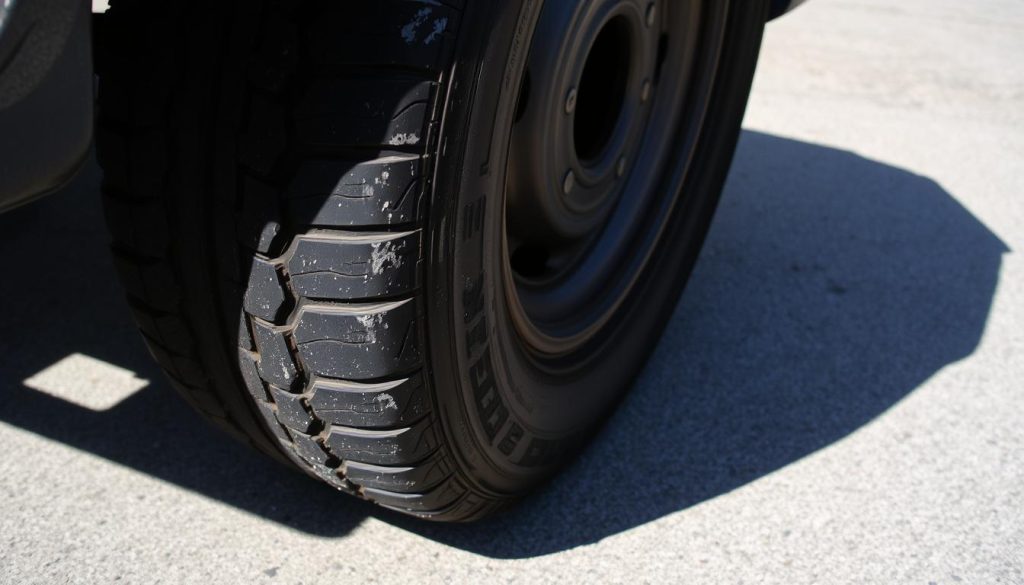
Signs You Need Wheel Alignment
It’s important to know when your car needs an alignment. A smooth ride is what we want. But, when it changes, it’s a warning.
There are signs that tell us when our car needs an alignment. These signs help us keep our car safe and running well.
Indicators of Misalignment
Here are some common signs of misalignment:
- Pulling to one side while driving
- Uneven tire wear across the tires
- A crooked or tilted steering wheel
- Excessive tire squealing or noise
- Shaking or vibrating steering wheel, specially at higher speeds
These signs can make driving harder and less fun. Fixing them quickly helps keep your tires in good shape.
Effects of Poor Alignment
Ignoring misalignment problems can cause big issues. Misaligned wheels wear out tires fast and unevenly. This can make tires last thousands of miles shorter.
It also makes your car use more fuel. This means you’ll spend more on gas. Getting your wheels aligned regularly can save you money and keep your car running better.
Wheel Balancing Benefits
Knowing the wheel balancing benefits is key for any car owner. It makes our rides comfy and efficient. Regular balancing boosts safety and keeps our cars in top shape.
Vibration Reduction for a Smoother Ride
One big wheel balancing benefit is less vibration. Unbalanced wheels cause shakes, mainly when we drive fast. These shakes make our rides rough and hard to steer.
By balancing our wheels, we get rid of these shakes. This makes our rides smoother and easier to control.
Extending Tire Lifespan
Another big plus is longer-lasting tires. Balanced wheels wear tires evenly, which can make them last up to 25% longer. This means we don’t have to replace tires as often.
It also helps us save on gas. But, if we ignore balancing, tires wear unevenly. This can damage our car’s suspension and cost more to fix.
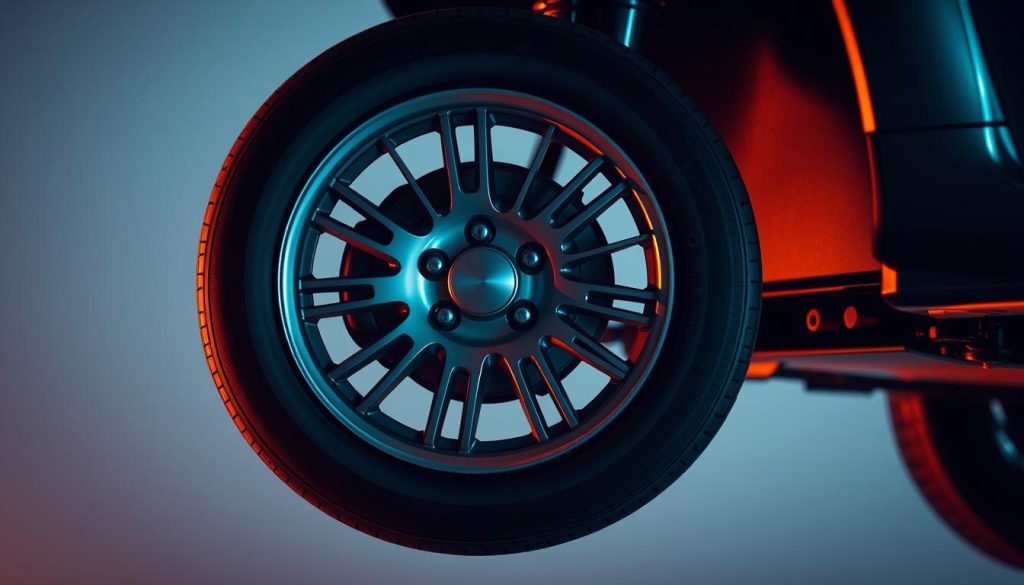
Conclusion
Knowing the difference between wheel balancing and alignment is key. It keeps our cars running well and safe. Regular checks help our cars ride smoother and last longer.
Wheel balancing cuts down vibrations by half at high speeds. It makes our rides better and tires last longer. Wheel alignment stops tires from wearing unevenly. This can make tires last up to 25% longer.
Ignoring these important steps can cost more and use more fuel. So, it’s smart to check them often. If you need help, Heaven Automotive at 6645 Poss Rd, San Antonio, TX 78238 is ready to assist.

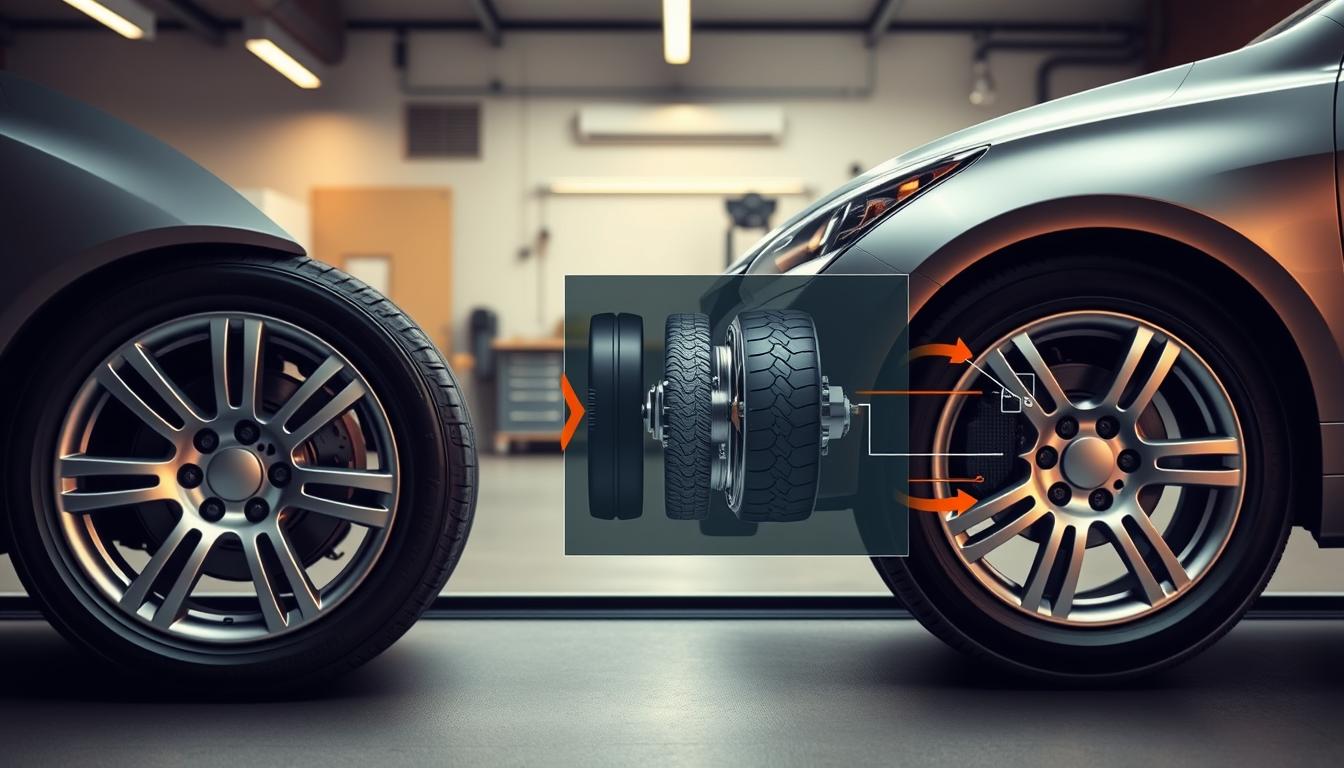
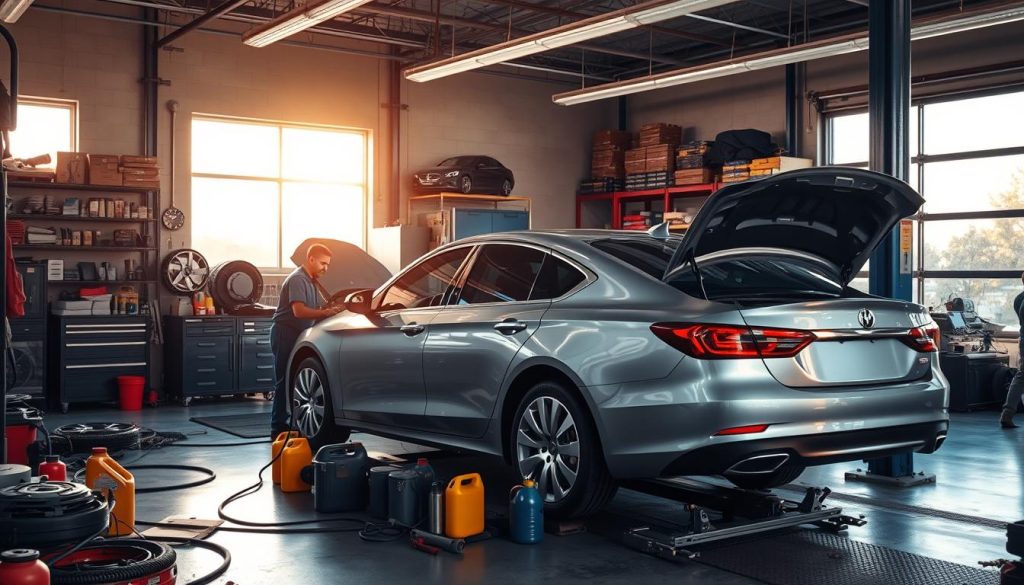
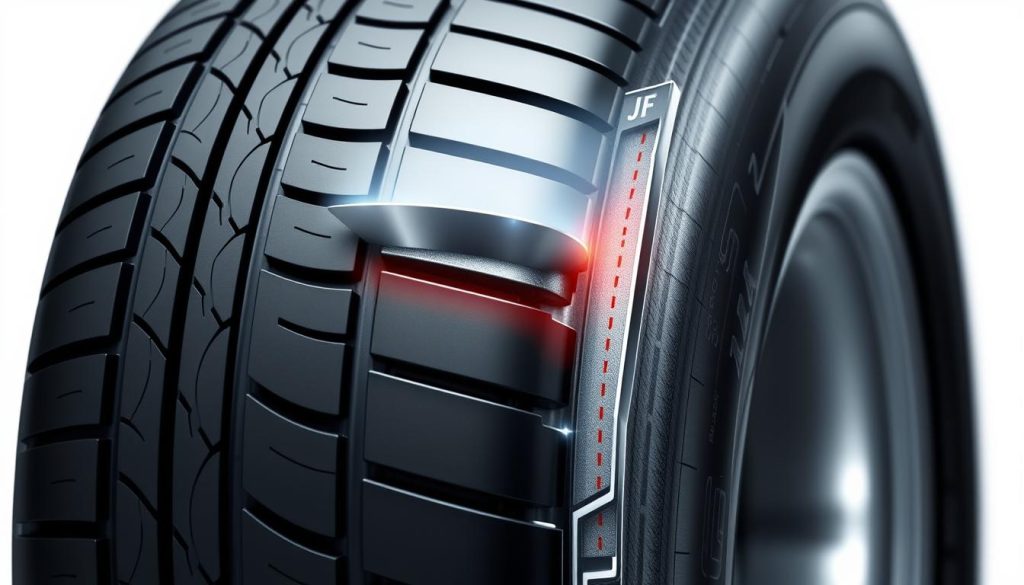
Comments are closed.